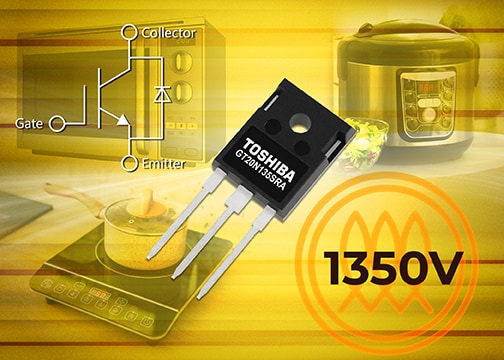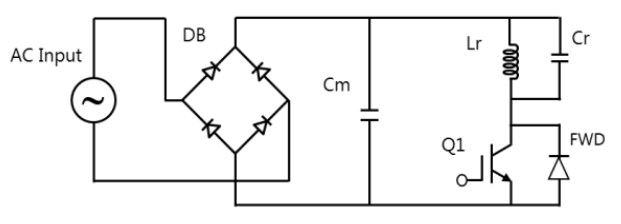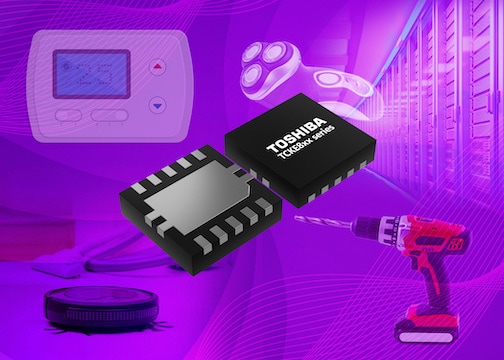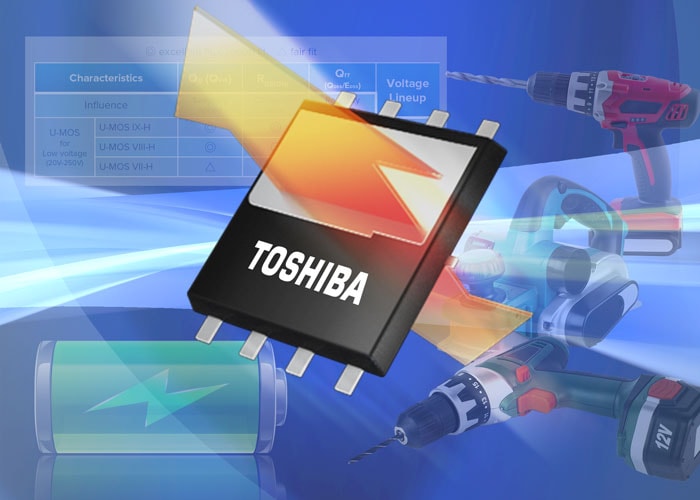- General Top
- SEMICONDUCTOR
- STORAGE
- COMPANY
-
My ToshibaSemicon
- Semiconductor Top
-
ApplicationsAutomotive
Body Electronics
xEV
In-Vehicle Infotainment
Advanced Driver-Assistance Systems (ADAS)
Chassis
IndustrialInfrastructure
BEMS/HEMS
Factory Automation
Commercial Equipment
Consumer/PersonalIoT Equipment
Healthcare
Wearable Device
Mobile
Computer Peripherals
-
ProductsAutomotive Devices
Discrete Semiconductor
Diodes
Transistors
Logic ICs
Analog Devices
Digital Devices
Wireless Devices
※
: Products list (parametric search)
Power SemiconductorsSiC Power Devices
※
: Products list (parametric search)
Isolators/Solid State RelaysPhotocouplers
Digital Isolators
Solid State Relays
Fiber Optic Transmitting Modules
※
: Products list (parametric search)
MOSFETsIGBTs/IEGTsBipolar Transistors※
: Products list (parametric search)
Diodes※
: Products list (parametric search)
MicrocontrollersMotor Driver ICsIntelligent Power ICs※
: Products list (parametric search)
Power Management ICsLinear ICs※
: Products list (parametric search)
General Purpose Logic ICsLinear Image SensorsOther Product ICsOther Product ICs
※
: Products list (parametric search)
-
Design & Development
Design & Development
Innovation Centre
At the Toshiba Innovation Centre we constantly strive to inspire you with our technologies and solutions. Discover how to place us at the heart of your innovations.
-
Knowledge
Knowledge
Highlighted Topics
Further Materials
Other
- Where To Buy
- Part Number & Keyword Search
- Cross Reference Search
- Parametric Search
- Stock Check & Purchase
This webpage doesn't work with Internet Explorer. Please use the latest version of Google Chrome, Microsoft Edge, Mozilla Firefox or Safari.
require 3 characters or more. Search for multiple part numbers fromhere.
The information presented in this cross reference is based on TOSHIBA's selection criteria and should be treated as a suggestion only. Please carefully review the latest versions of all relevant information on the TOSHIBA products, including without limitation data sheets and validate all operating parameters of the TOSHIBA products to ensure that the suggested TOSHIBA products are truly compatible with your design and application.Please note that this cross reference is based on TOSHIBA's estimate of compatibility with other manufacturers' products, based on other manufacturers' published data, at the time the data was collected.TOSHIBA is not responsible for any incorrect or incomplete information. Information is subject to change at any time without notice.
require 3 characters or more.
Advanced IGBT Technology Helps Broaden Appeal of Induction Cookers

Induction cookers are gaining ever greater commercial traction. An increasing proportion of consumers are starting to see the benefits that this technology has in comparison to conventional cooking methods - in terms of convenience, safety and reduced energy consumption.
The principles behind induction cooking are simple enough to follow. A coil is energized through application of an electrical current. This generates Eddy currents in the cookware that it is in close proximity to, which subsequently causes Joule heating to be initiated (because of the intrinsic resistance of the material it is constructed from). Heating only takes place where the surface of the cookware is in contact with the hob, thereby making the system much more efficient than traditional arrangements - with approximately 90% of the heat produced being directed to cooking, and very little wastage being witnessed. This heightened efficiency also means that the cooking process is much quicker to complete, so it saves time as well as helping to lower utility bills. Furthermore, even if someone touches the hob when it is on, there will be no risk of them being injured, as the Joule heating will only occur when an object made from a magnetic-based material is placed onto the hob. One final plus point worth mentioning is that induction hobs have a smooth surface that is straightforward to clean.

Though the attraction of induction cooking is clear, it must be acknowledged it can pose certain engineering challenges too, with more sophisticated control circuitry being required. Single-ended parallel resonance (SEPR) circuits are generally employed, with an IGBT switch responsible for control. Most IGBTs have a peak voltage somewhere between 900 and 1200 V for a 100 VAC supply, and 1350 to 1800 V for a 220 VAC supply. As the supply in many countries will be prone to transient voltage fluctuations (of as much as 20%), such IGBTs could potentially be at risk of damage.
Toshiba’s 1350 V rated GT20N135SRA IGBTs have many attributes that mean they are fully optimized for induction cooker usage. One key aspect is that each of these IGBTs features a reverse-conducting (RC) body diode which ensures that they are not harmed by voltage fluctuations of the kind just described.
You can find out more about how the GT20N135SRA can be used in induction cooker designs, by downloading Toshiba’s white paper on the subject here:




